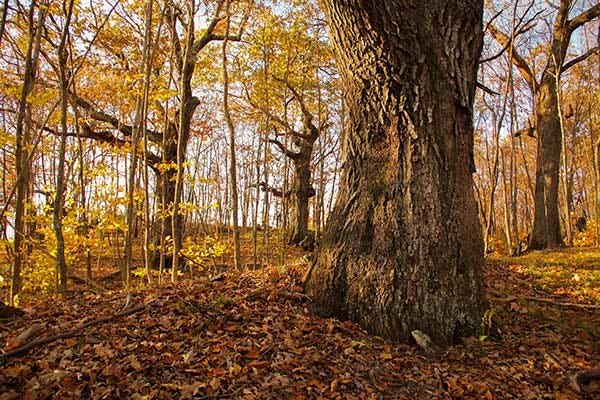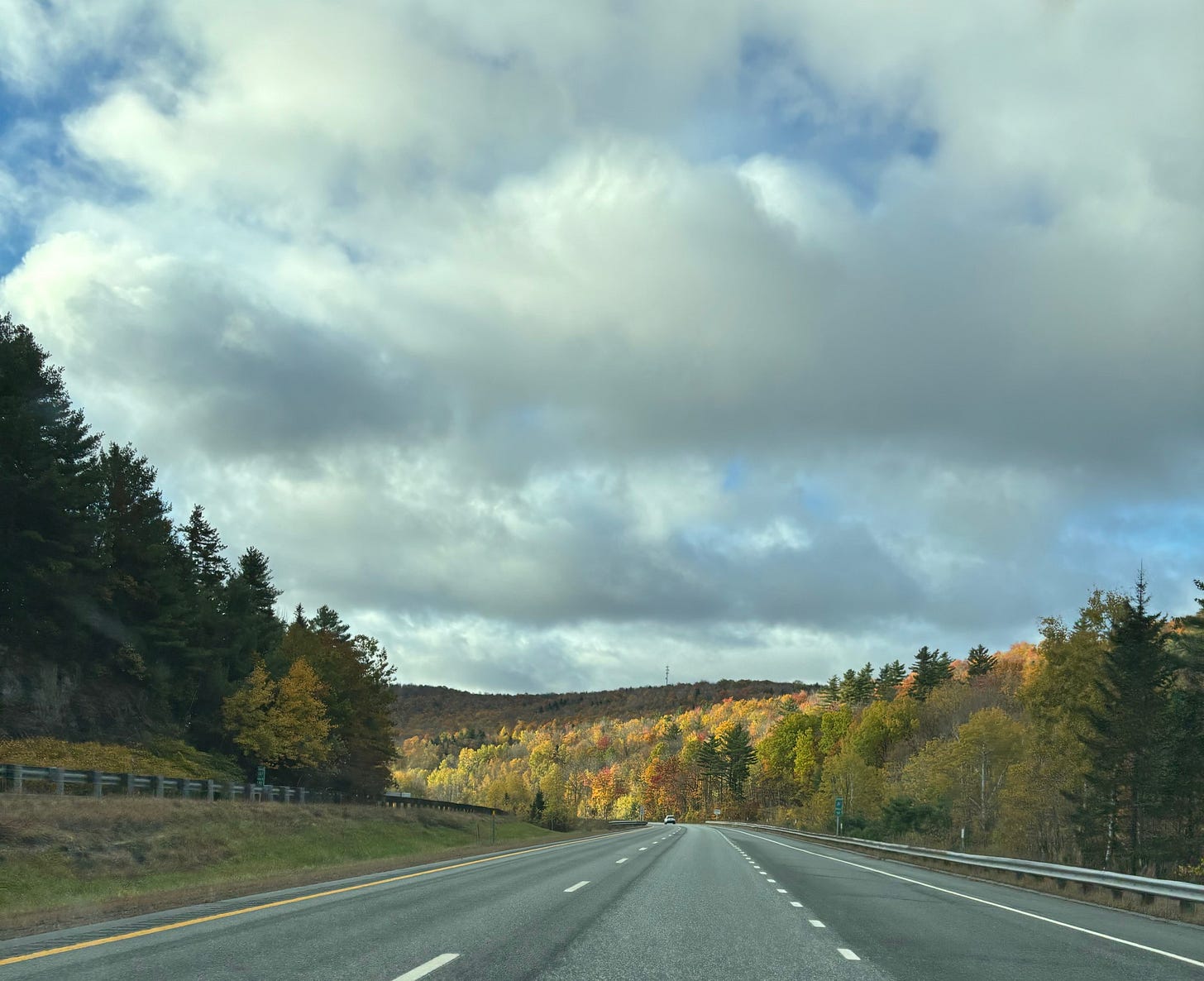Over the last month, people all over the country and all over the world come to where I now live to cross an item or two off of their bucket list. Indeed, New England beckons to people for various reasons, in general, at other times of the year, too. Most certainly, for skiers of all kinds, testing their mettle on the icy slopes of a New England mountain may allow people maximum satisfaction who dig the wintery mix of heavy snow that the coldest months of the year afford while strapping on elongated and curved planks on the soles of their feet, which is the real reason for their season.
People get totally lit even thinking about what they might be able to accomplish by zooming down a steep hill or run, which are usually abandoned during the other times of the year. It’s funny; those self-same areas where skiers play are also some of the loneliest-looking places in the warmer months unless you like to mountain bike down a vertical drop. The idea of traversing up a mountain either by a chairlift or even by courtesy of your own two feet in northern New England snow might seem like a hard way to get a thrill. After all, racing Super-G or slope-styled down a run of a frozen, icy glaze can be a kind of gateway drug to eventually strapping on a wingsuit and jumping off a cliff, in my opinion. I mean, who does that? How do those folks ever try leaping off a mountain flying squirrel-like for the first time?
Yet, there are more sedentary and non-life-threatening ways to get your kicks here in New England, which is towards the end of the fall season. That is “leaf peeping.” That term is about as funny as “sweater weather” because both coincide with the ascendancy of October or even late September.
I marvel at the line of cars each time I see them, usually going in the opposite direction from me during this time of year–on or after the weekends. So many out-of-staters coming to peep leaves with the other masses from in-state. New Hampshire is one of the states in the country where the fall foliage is as dramatic to experience as anywhere else in the world.
The other day in mid-October, I had a pretty desultory drive coming back early morning from a routine doctor’s appointment in Hanover when I saw how many leaves had already made their final descent along Interstate 89 South. I imagine no one was checking out the leaves on the rainy and cold morning as they hurried towards work or wherever the road took them. Not leaf peepers, I imagined, especially that guy who nearly side-swiped me as I drifted into the far right lane coming out of Grantham. I must admit, I drift a lot these days because of my over-active imagination and bursts of time alone–thinking, driving, or writing–after extreme focus on work and travel. I am beginning to get used to this new routine.
I could look off to the side and see the spots where the colors were, now gone. This year, because of the dramatic early rainfalls, the leaves were brilliant in their fire-worked foliage. The sugar maples, with their bright and deep reds, next to the birches, elms, and beeches, all creating tree-lined sentries, backing up next to the pine peaks while generating maximum contrast. Every once in a while, you could spot a massive wolf tree stand nestled high above the highway. These trees were made to provide shade for cattle and other livestock back in the eighteenth century when the entire region was clear-cut for farming and grazing. The wood was sold off to make houses and big profits for the captains of industry of a bygone time. Those settlers must have gotten a rude awakening when year after year, they planted and planted, but the most consistent crop that arose from the soil were stones and boulders that were pushed up and used to make good fences, and as the other former New Hampshire-ite liked to say about what made “good neighbors.”

But the rocks and boulders and the fences that were actually made look up to the brilliance of the trees whose overstory must have told a miraculous tale of survival for the folks who peopled these hills for centuries. I often think about what the Indigenous people must have seen and felt as they were eventually pushed off their homelands and deeper into the interior or up into the northern reaches of boundariless lands. Could they foresee settlers trying to make a go of it with crops destined to challenge the soil, creating towns and other professions within them? Were there leaf peepers back then who were native to these lands and not immigrants with bucket lists who created something else in their wake?
I imagine that this stunning beauty we and others now travel to see offers up and helps to form a whole cottage industry of what bygone people received for free. The next time I am in the way of someone in a hurry, I will pull over so that I am not accused by my own self of being unaware or in the way.
Curated Reading:
I loved reading Richard Powers’s novel The Overstory. Listen to him read it HERE.





I often try the mental exercise of imagining away the impact of Man on a developed landscape and seeing what it might have looked like in a different time. It's also why I love dioramas at natural history museums, I think. Thanks for the reflections...